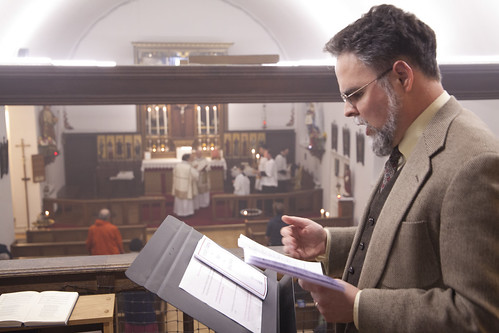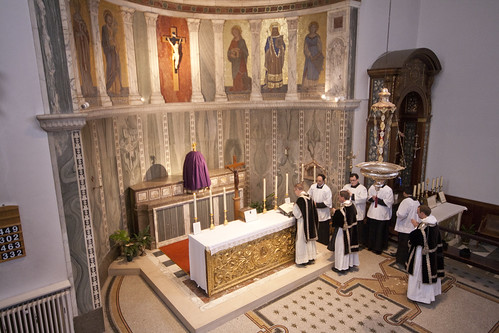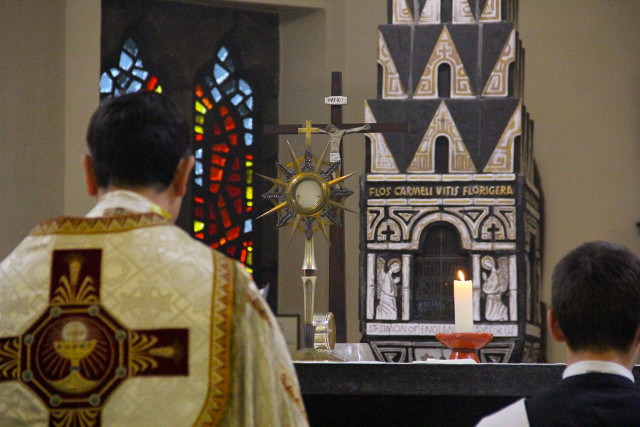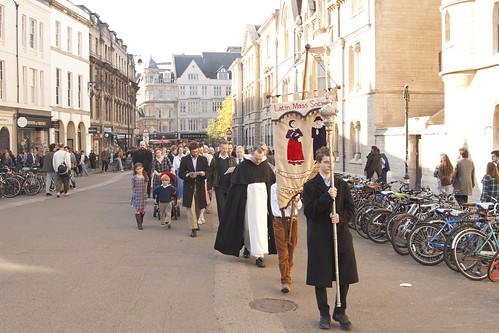LifeSiteNews has a piece by me on the lay vocation. It begins:
Recent and very public failures of bishops raise the question of what role the laity should have in the Catholic Church. Lay people can feel like dumb spectators watching a tragedy in which bishops and other clergy have all the leading roles. This is clearly not a healthy situation, but what, in fact, is the lay vocation? In what way are lay people called, as members of Christ’s mystical body, to advance the kingdom of God? Certainly, the laity are crew, not just passengers, in the barque of St. Peter, and not even subordinate crew. As the 1983 Code of Canon Law tells us (Canon 208):
From their rebirth in Christ, there exists among all the Christian faithful a true equality regarding dignity and action by which they all cooperate in the building up of the Body of Christ according to each one’s own condition and function.What, then, is the function related to the lay condition? The Second Vatican Council’s Decree on the Apostolate of the Laity, Apostolicam actuositatem (4) tells us:
The laity must take up the restoration of the temporal order (ordo temporalis) as their own special task. Led by the light of the Gospel and the mind of the Church and motivated by Christian charity, they must act directly and in a definite way in the temporal sphere.As the Decree goes on to detail, this can be done in the context of family, professional, and political life.
What this suggests, along with the traditional teaching of the Church on the “two swords,” the division of labor in the Christian society between Pope and Emperor, is that bishops and clergy as such should not seek to direct in detail the work of Catholic statesmen, academics and teachers, and parents. It is given to the clergy, and above all to bishops, to judge according to the moral law, but judgment on matters of prudence — scientific judgment, educational judgment, political judgement, and so on — is the special gift and duty of the lay state.










